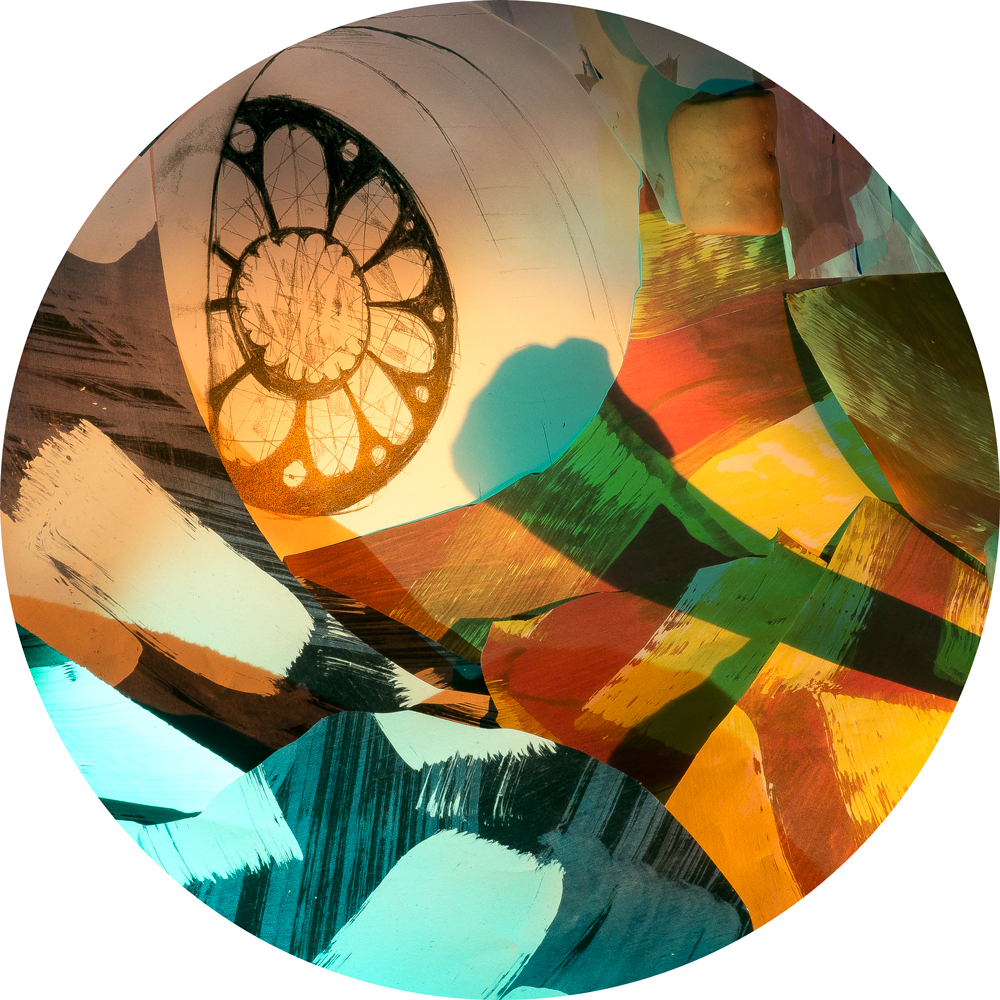Barbara Quick
The Ancient Etruscans
Orvieto, Umbria
Their high hill eroded, till all that wasn't bone or stone was worn away,
like a sand-castle claimed by the sea in slow motion.
What remains is a place, with a bell at the top, where people pray.
The wind and rains, earthquakes and stone-cracking snow
can't stifle the sound of that bell in its call to devotion
on their high hill eroded, till all that wasn't bone or stone was worn
away.
Besieged, they scraped at the tufa, carving out caves below
their ramparts of clay. They lived as if on an island in the ocean.
What remains is a place with a bell at the top, where people pray.
For five hundred years they made art and made love, but we'll never
know
the words they used and whether they had the slightest notion
that who they were, and what they knew, would all disappear one day.
Even the pigeons they kept for food were freer to come and go
than they, stuck on that rock while their wells ran dry, in their ears
night and day the commotion
of Roman soldiers waiting below for all that wasn't bone or stone to
waste away.
They weren't so different from us today, the Etruscans, content in
what they couldn't know.
Convinced they'd endure every challenge of time and emotion,
spared of the knowledge that all but their bones and stones would be
gone one day.
What remains is a place with a bell at the top, where other people
play.
In an Olive Grove
Fattoria della Cacciata, Orvieto, Umbria
Gnarled branches,
gray-green froth of leaves.
Tiny ivory-colored flowers
gravid with their gift of golden oil,
hidden till released.
Like a poet's words, squeezed out
between the heaviest stones—
the crushing weight of wordlessness.
This is a sacred grove
where bright red poppies grow
beneath the trees, where poets go
to get down on their knees
and pray for golden words
to flutter down and fill them up
and overflow.
|
|
 |
 |
|
|
 |
 |
The most recent addition to The Mezzo Cammin Women Poets Timeline is Rosa Newmarch by Jean L. Kreiling.
Marie Ponsot was presented with a Lifetime Achievement Award at the Celebration of the Timeline reaching 75 essays, Lincoln Center, Fordham University (Sponsored by Fordham's Curran Center) Friday, October 20th, 2017.
Charlotte Innes is the recipient of the 2018 Mezzo Cammin Scholarship to the Poetry by the Sea conference.
|
|
|
 |
|
|
|
 |
| Rachael Gorchov: Recently I completed a body of work that focused on the landscapes that define suburban office and industrial complexes, contemplating their subtle relationships with the history of landscape painting. When looking at these places I saw English landscape gardens – orchestrated nature that gave way to picturesque landscape painting. I documented my subjects onsite by drawing their reflections in a Claude Glass, a convex black mirror popularized as an observation device in the 18th century. This tool appealed to me for how its skews and bulges its reflection, making my work highly subjective from the start. I then constructed paintings in the studio based on these drawings. The three-dimensional nature of my paintings further emphasized the forced perspective in my initial drawings and required viewers to explore the paintings much like they might explore a physical space by moving around, crouching and craning their necks.
Irregular versions of geometric forms such as cubes, parabolic curves, cones and triangles comprised the dimensional shapes of these pieces and eventually gave way to my working nearly exclusively on concave surfaces and ‘rocks with cast shadows.’ I settled on these structures for a few reasons. When a viewer stands directly in front of the concave works, irregular half-spheres with the convex side attached to the wall, the paintings fill their peripheral vision for an immersive experience. The rocks and shadows, amorphous objects paired with adhesive-backed prints, are reminiscent of portals and geologic abrasions. They invite viewers to question if the dimensional form is emerging from or entering into another space. Like in other works, these pieces frame the physical space the artworks inhabit.
In 2016, I visited Europe where I recognized parallels between the interiors of Renaissance spaces and my own paintings, such as the power that foreshortening possesses in its ability to collapse and intensify space in cathedrals– similar to my Claude Glass works. This experience coincided with a visit to an exhibition in Vienna featuring renderings of synagogues that once stood in the city. This piqued an interest in contemplating architectural space in my work and prompted me to consider architectural language in my own Jewish cultural heritage. I then began a series of tondos, a Renaissance term for circular artworks, of European Jewish architecture.
Beginning with paintings and mixed-media, in these works I build a photographic image that engages the space wherever it is installed, becoming part of the architecture. I arrived at the tondo format through my own history of making non-rectangular paintings, and appreciate its relationship to reliefs and rose windows found in synagogues and cathedrals. In gathering source imagery, I rely heavily on documentation – photographs and engravings as most of these buildings have been destroyed. I contemplate the collective memory images of architectural space can reveal. In this spirit, this work depicts layered environments where scale, color and depth shift ambiguously, revealing experiential space.
I consistently begin works by looking at a particular subject because of an art historical or personal association, and then through a process of extracting details from their surroundings using an accumulation of marks, color and a tactility, I sacrifice specificity of form and place, ultimately revealing a specificity of experience as my subject.
|
|
|
|
|
|
 |
|
 |
|
|
|
|
